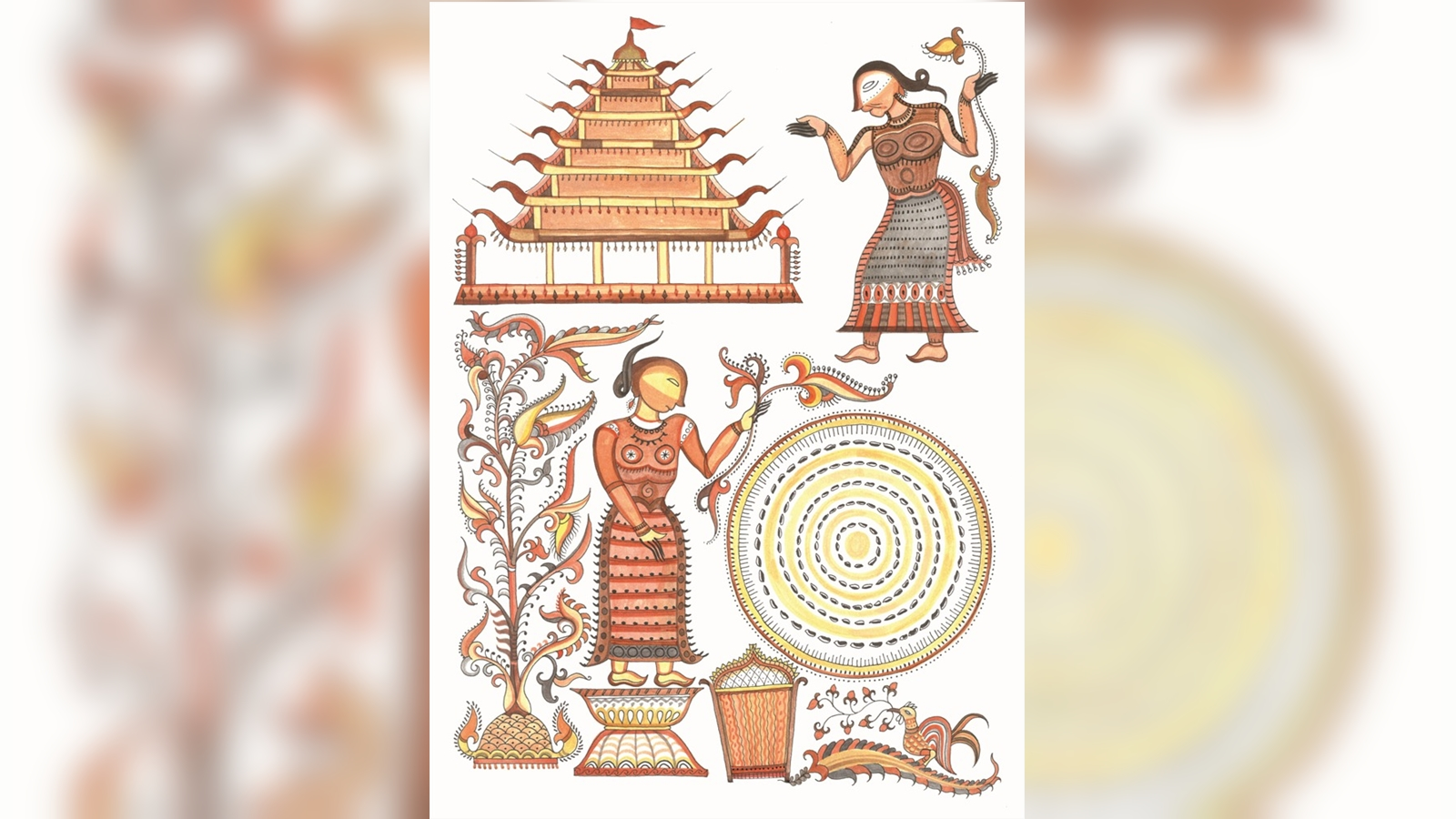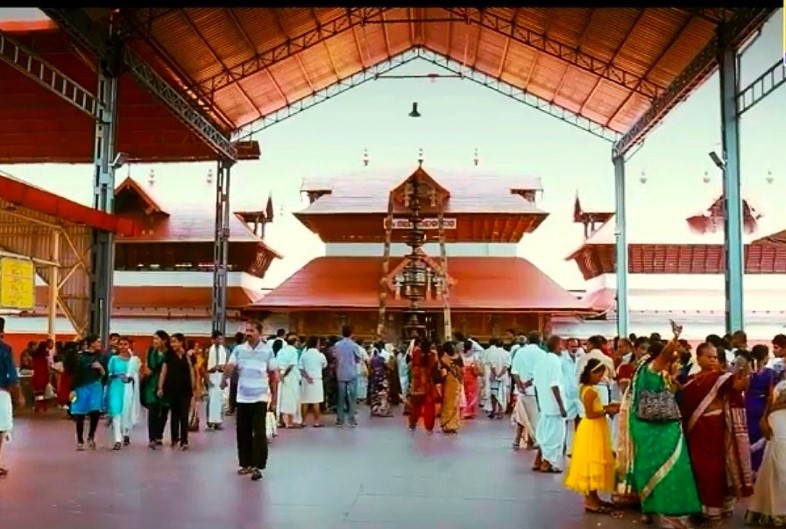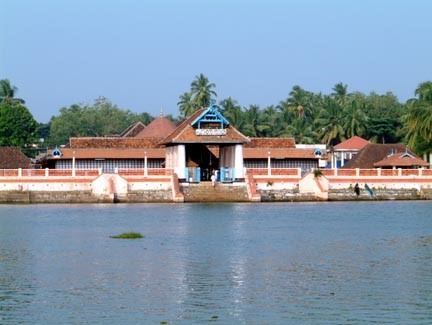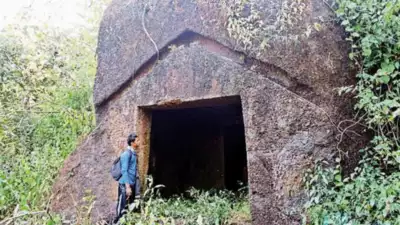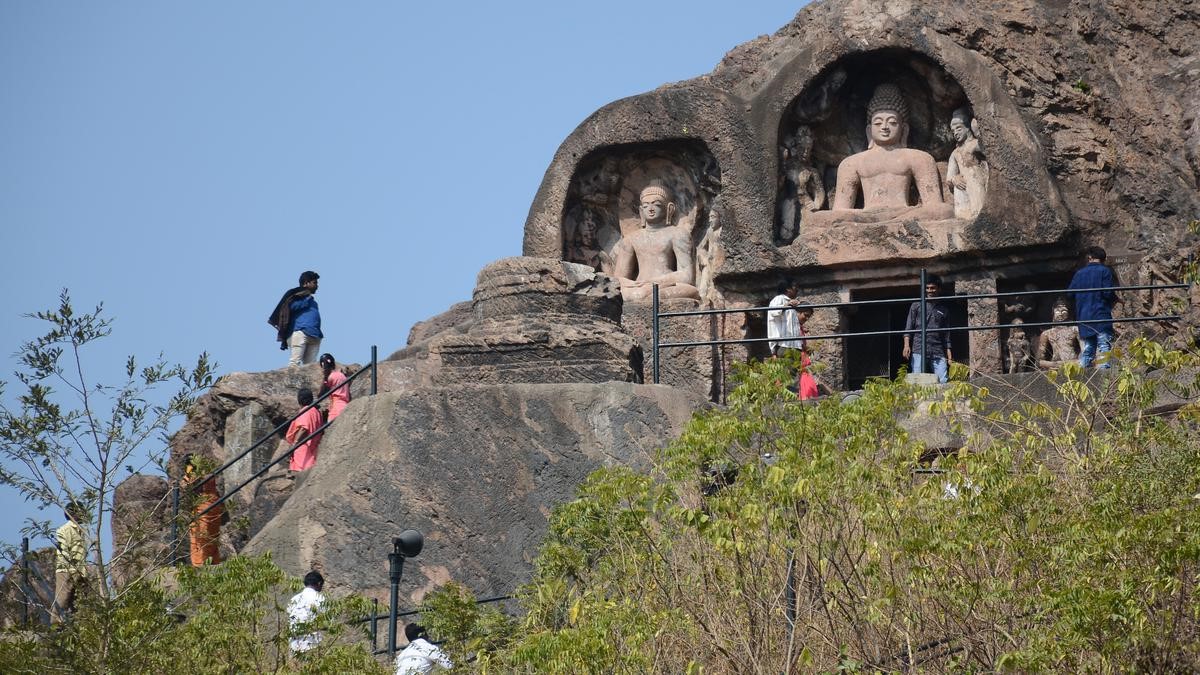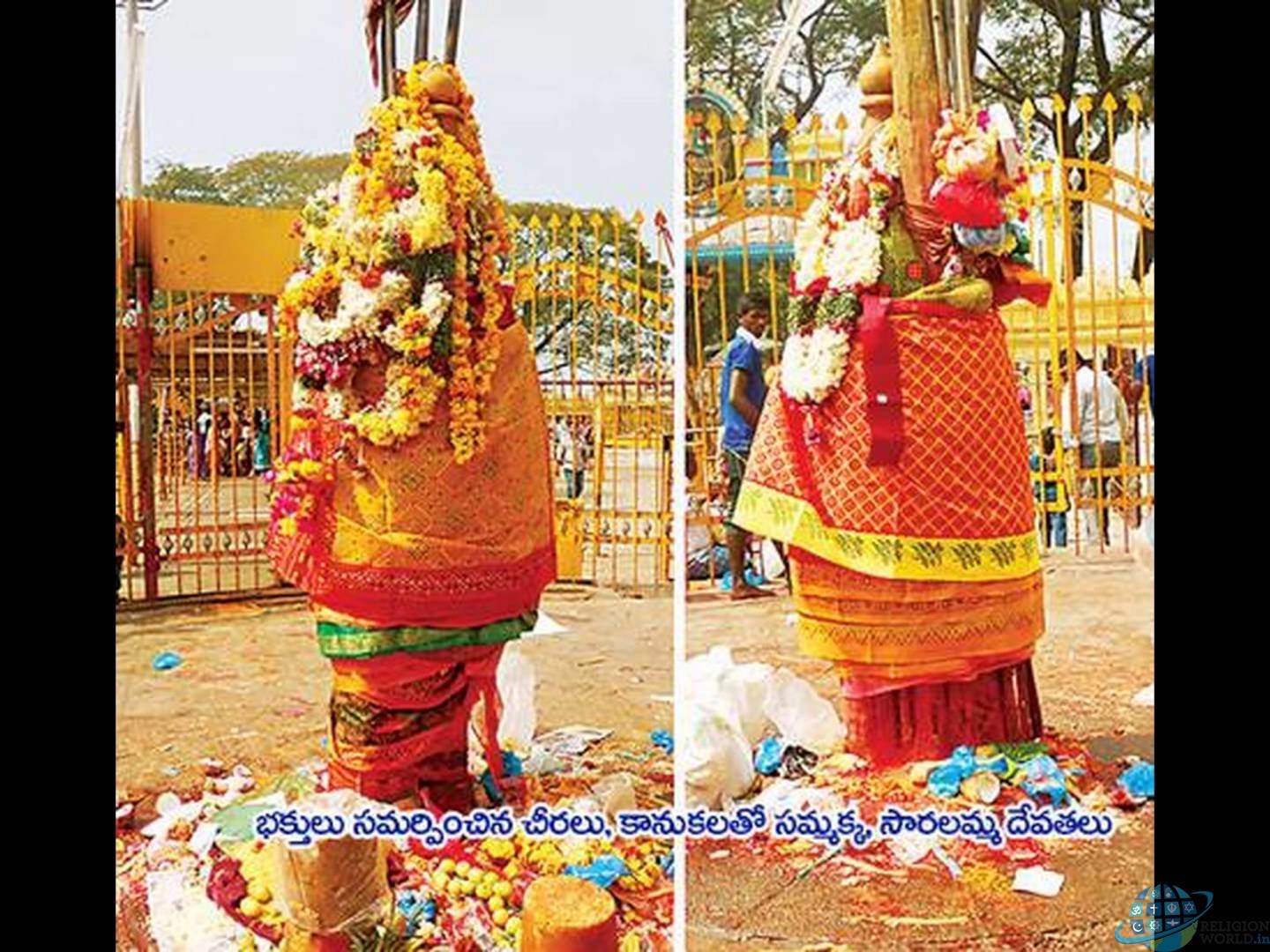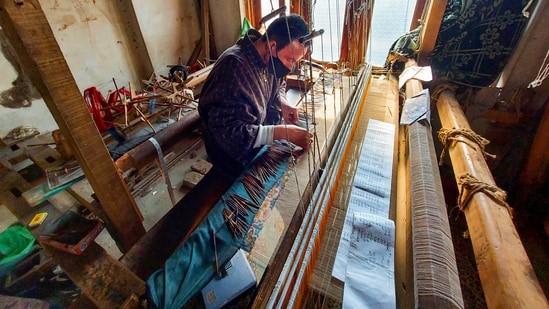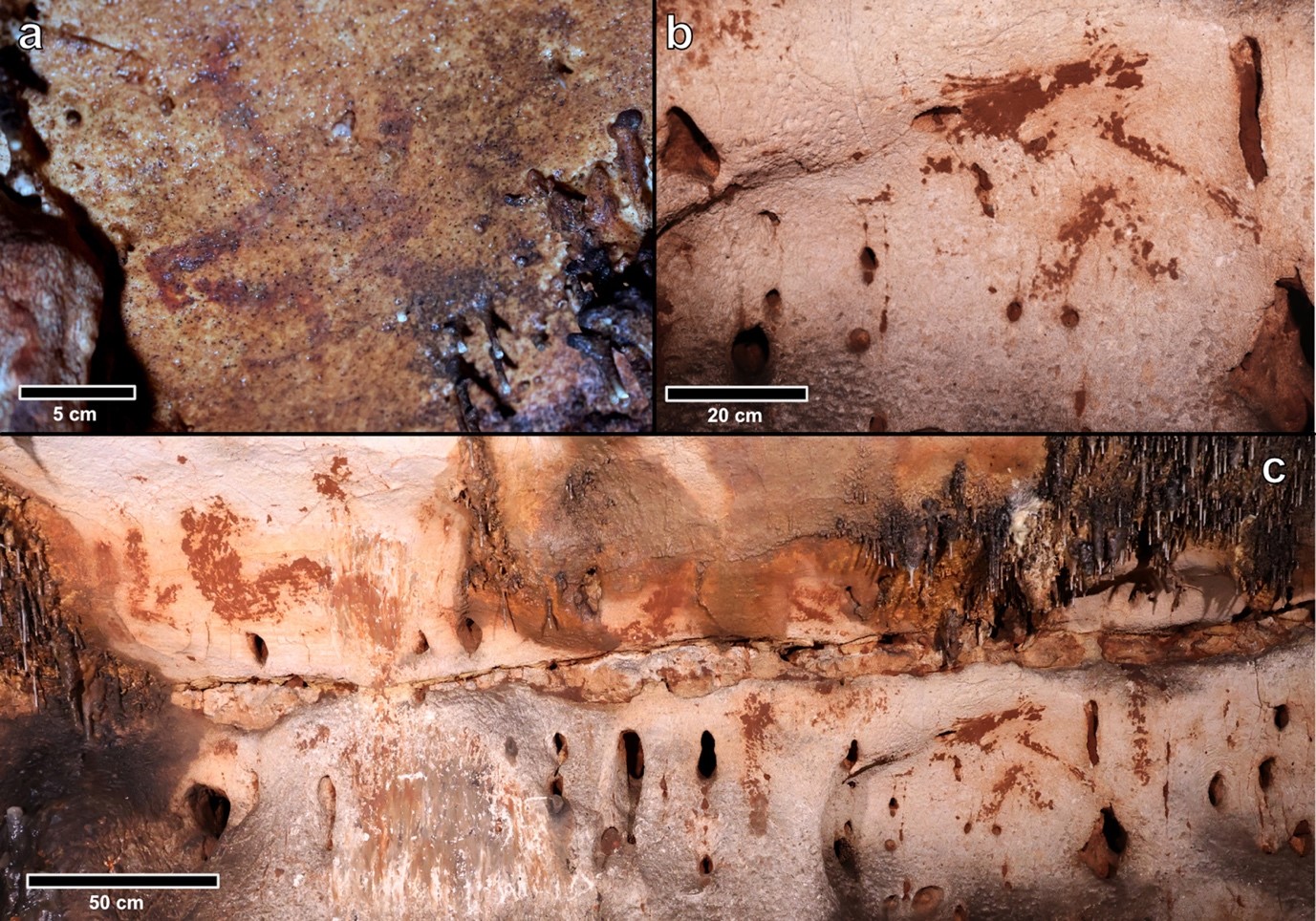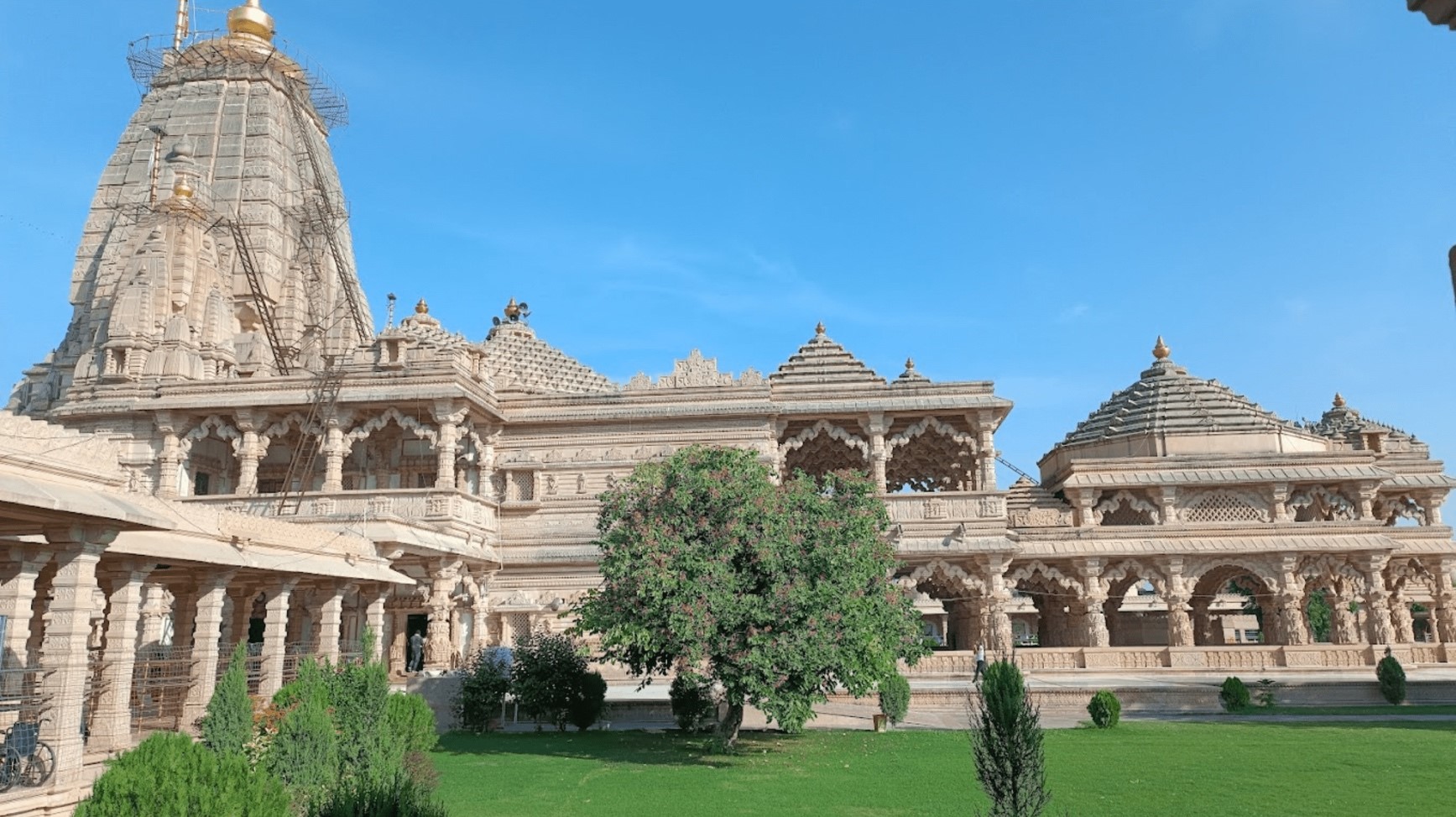Description
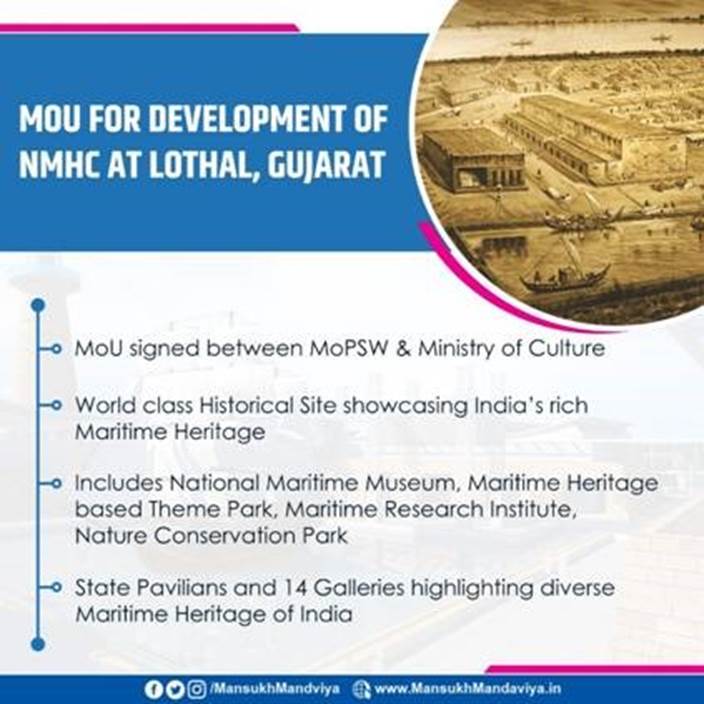
Copyright infringement not intended
Context: Prime Minister Shri Narendra Modi will review the site work progress of the National Maritime Heritage Complex at Lothal, Gujarat on 18th October 2022 at around 5 PM via video conferencing.

Details:
National Maritime Heritage Complex:
- National Maritime Heritage Complex (NMHC) at Lothal is being developed as a one of its kind project to not only display India’s rich and diverse maritime heritage and also help Lothal to emerge as a world class international tourist destination
- The complex, work on which started in March 2022, is being developed at a cost of around Rs 3500 crore.
- It will have several innovative and unique features such as Lothal mini recreation to recreate Harappan architecture and lifestyle; four theme parks - Memorial theme park, Maritime and Navy theme park, Climate theme park and Adventure and Amusement theme park; world’s tallest lighthouse museum; fourteen galleries highlighting India’s maritime heritage starting from the Harappan times till now; Coastal states pavilion displaying diverse maritime heritage of states and UTs; among others.
- It is one of the major projects under Sagarmala scheme of MoPSW which has an edutainment approach.
About Lothal:
- Lothal was one of the southernmost sites of the ancient Indus Valley civilization, located in the Bhil region of the modern state of Gujarat.
- Construction of the city is believed to have begun around 2200 BCE.
- The Archaeological Survey of India (ASI), discovered Lothal in 1954.
- It had the world’s earliest known dock, which connected the city to an ancient course of the Sabarmati river on the trade route between Harappan cities in Sindh and the peninsula of Saurashtra.
- It was a vital and thriving trade Centre in ancient times, with its trade of beads, gems, and valuable ornaments reaching the far corners of West Asia and Africa.
- The techniques and tools they pioneered for bead-making and in metallurgy have stood the test of time for over 4000 years.
|
Lothal Findings
|
Dockyard, Port Town, Evidence of Rice, Fire Altar, Ivory weight balance, Copper dog
|
Indus Valley Civilization:
- Also known as Harappan Civilization that flourished around 2,500 BC, in the western part of South Asia, in contemporary Pakistan and Western India.
- It was home to the largest of the four ancient urban civilizations of Egypt, Mesopotamia, India and China.
- It was basically an urban civilization and the people lived in well-planned and well-built towns, which were also the centers for trade.
- They had wide roads and a well-developed drainage system.
- The houses were made of baked bricks and had two or more storeys.
- The highly civilized Harappans knew the art of growing cereals, and wheat and barley constituted their staple food.
- By 1500 BC, the Harappan culture came to an end. Among various causes ascribed to the decay of Indus Valley Civilization are the recurrent floods and other natural causes like earthquakes, etc.
Must read:
https://www.iasgyan.in/blogs/indus-valley-civilization
https://www.pib.gov.in/PressReleasePage.aspx?PRID=1868589






